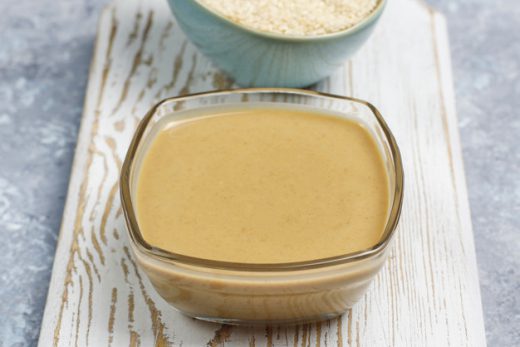An active sourdough starter in a glass jar: small air bubbles are visible and the starter is roughly three times higher than where it started, as marked by a rubber band.
A strong and active starter should at least triple in volume at its peak.
Good sourdough bread hinges on having a robust, active starter. If you’ve been following along with our guide to making a sourdough starter, you should have a culture that rises, peaks, and falls predictably. It should triple or even quadruple in volume as it peaks.
While some bakers use starters that only double in volume at peak activity, I’ll tell you straight up: Don’t settle. A starter that doubles in volume will work, but the overall fermentation and rising of dough might be slower, and the resulting bread potentially flatter. Instead, look for signs of tripling, or even quadrupling in volume. A more vigorous and active starter improves the chances of producing bread that is tall, light, and open-crumbed. In other words, the stronger your starter is the happier you will be with your final loaf. And conversely, if your starter sucks, then your bread will suck.





